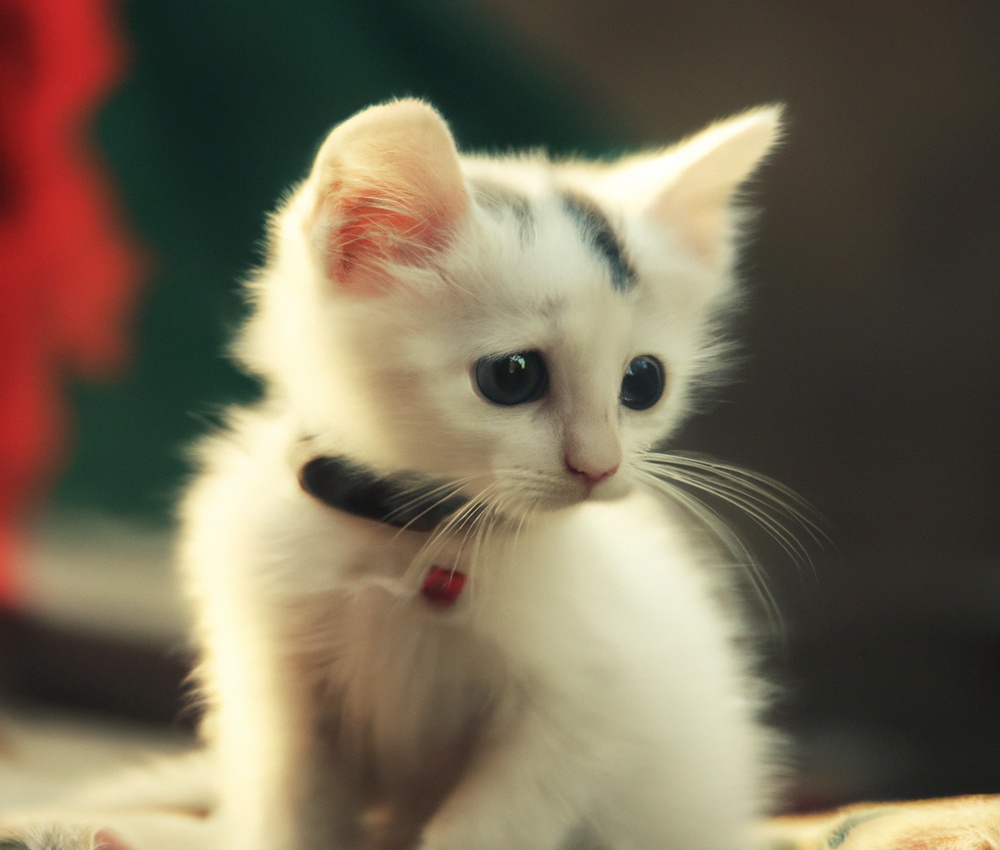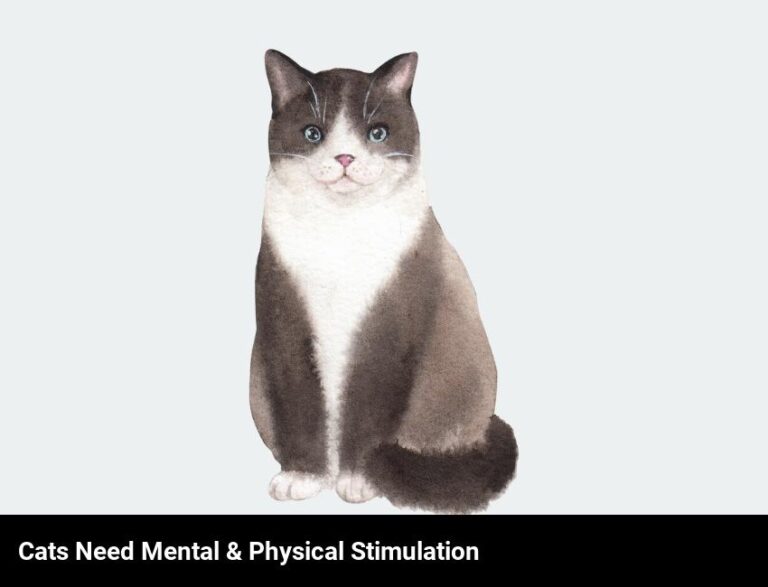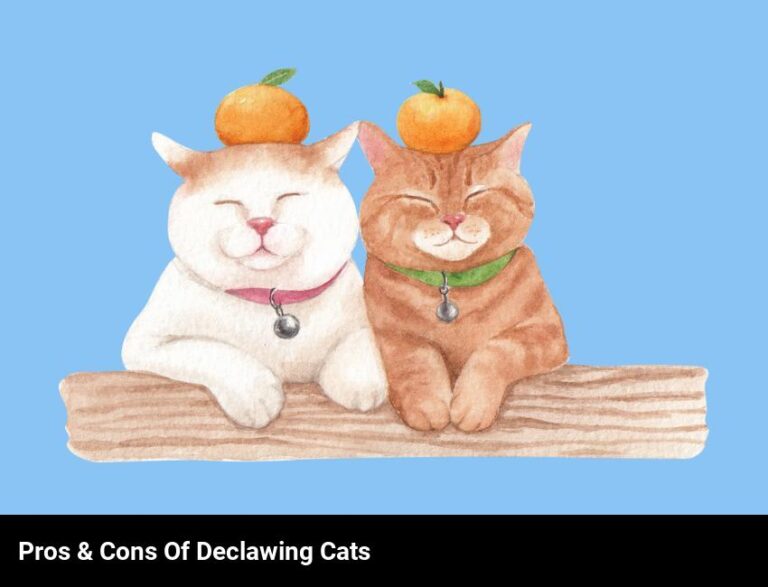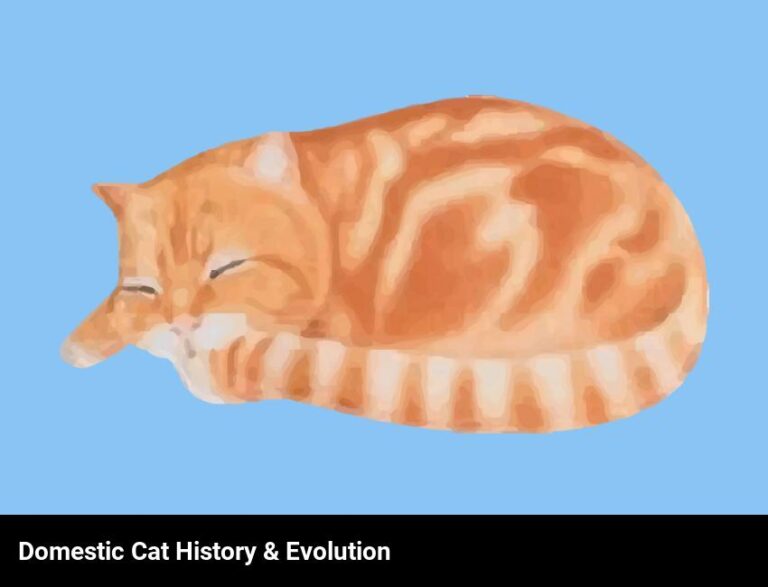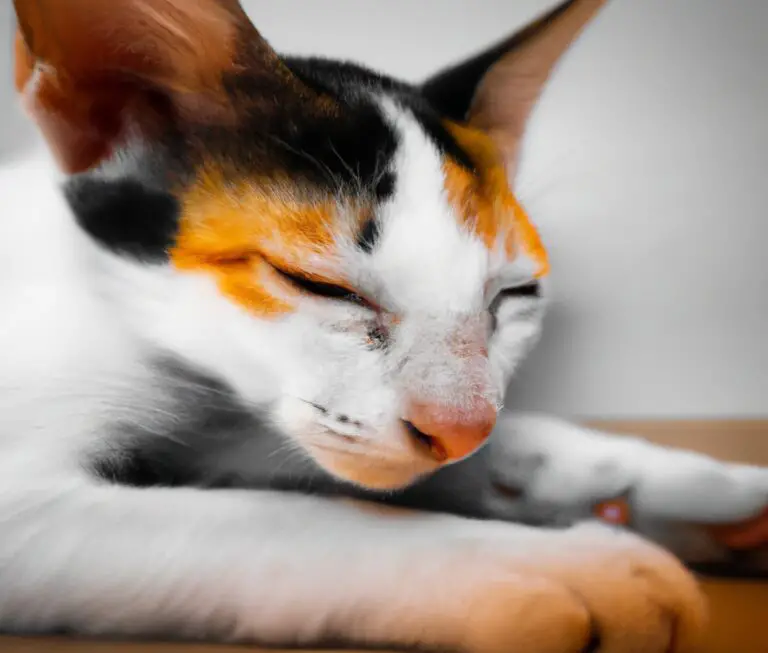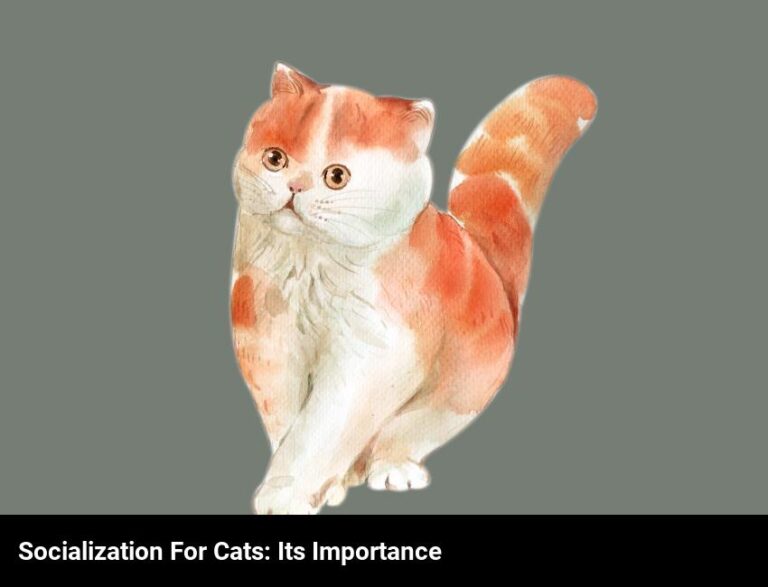Why Do We Say Pspsps To Cats?
Key Takeaways:
- “Pspsps” is a common sound used to grab a cat’s attention.
- Cats are naturally attracted to high frequency sounds like “pspsps”.
- The “pspsps” sound mimics the noises cats hear in their natural environment.
- Saying “pspsps” can create a positive association and help with training cats.
Are you a cat owner or lover intrigued by the mysterious charm of “Pspsps”?
You know, that sound we make with our mouths to capture a cat’s attention?
Well, wonder no more, because I’m here to shed some light on this fascinating topic.
In this article, we’ll explore the origins of “Pspsps” and its strong association with cats.
We’ll delve into the science behind why this sound piques their interest and discuss alternative methods to attract our little feline friends.
So, let’s get started and unlock the secrets behind the power of “Pspsps!”
| Statement | Explanation |
| Why do we say “Pspsps” to cats? | |
| Cats’ hearing range | Cats can hear higher frequencies than humans. The “pspsps” sound mimics the high-frequency sounds that cats associate with prey or attention. |
| Mimicking prey sounds | The sound “pspsps” may resemble small prey rustling through foliage, which captures a cat’s attention and instinctively triggers their hunting behavior. |
| Non-threatening & soothing | The “pspsps” sound is non-threatening and calming for cats, making it an effective way to attract their attention or encourage them to approach. |
| Universal signal | Most cats around the world recognize the “pspsps” sound as an invitation for interaction, making it a popular method among cat owners. |
The Origins of “Pspsps” and Its Association with Cats
“Pspsps” has been used for years to attract cats, but its exact origins are unclear. Nonetheless, it has become a popular sound cue associated with feline interaction.
Historical Background of Using “Pspsps” to Attract Cats
The practice of using “Pspsps” to attract cats dates back several centuries. People discovered that making a hissing sound similar to a cat’s natural communication could grab their attention.
This sound, commonly written as “Pspsps,” mimics the noise cats make to get each other’s attention.
Over time, humans found that making this sound could help them call or lure cats towards them. It has since become a universal way to capture a cat’s attention and communicate with them.
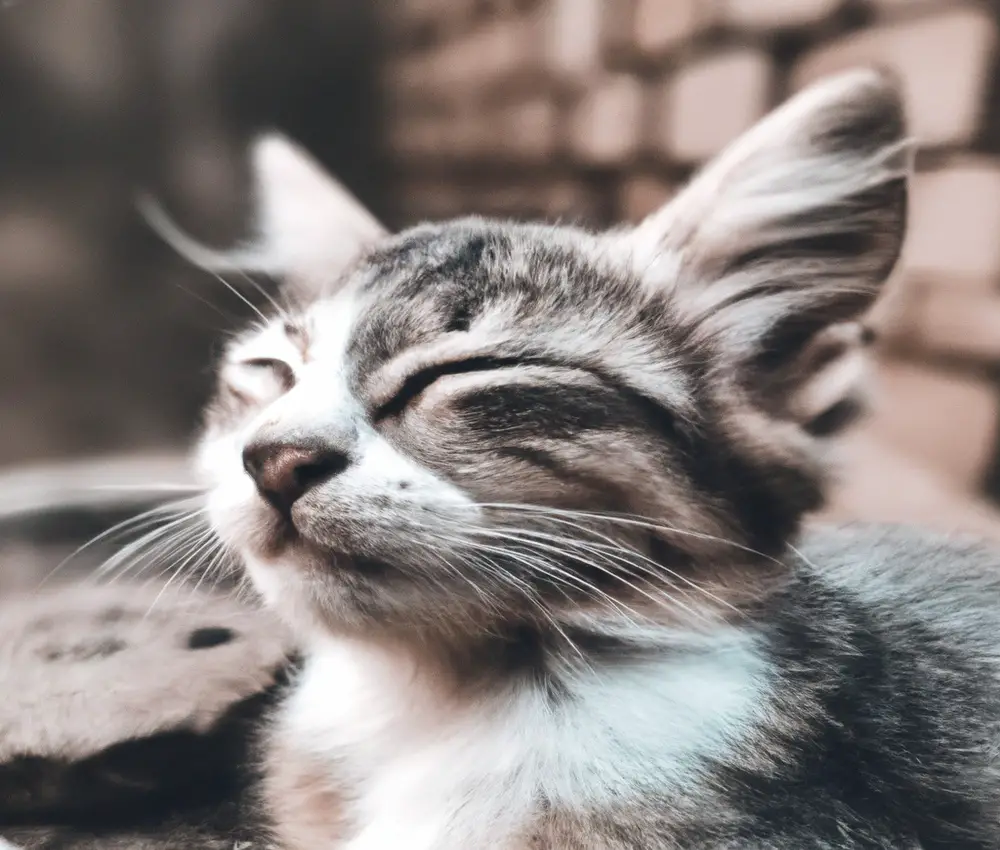
The Sound Appeal: Why “Pspsps” Draws Cats’ Attention
The “pspsps” sound grabs cats’ attention due to its unique hissing and soft-spoken quality.
This noise mimics the sounds made by prey animals, capturing feline curiosity and triggering their hunting instincts.
The sibilant sounds are also attention-grabbing because they resemble the noises cats make to communicate with each other.
By using “pspsps,” we can engage our feline friends in a way that piques their curiosity and encourages them to investigate further.
Understanding Cats’ Response to “Pspsps”
Cats respond to “Pspsps” because it triggers their sensitive hearing and hunting instincts, while also mimicking feline vocalizations.
Cats’ Sensitive Hearing: How “Pspsps” Agitates Their Hunting Instincts
Cats have incredibly sensitive hearing which helps them locate prey even in the darkest of nights. When we make the sound “pspsps,” it sparks their hunting instincts.
The high-pitched noise resembles the sound of prey moving through grass or leaves, and it grabs their attention.
This response is instinctive and dates back to their hunting ancestors. So, the next time you want to get a cat’s attention, remember that “pspsps” mimics the potential of a tasty meal.
The Mimicking Factor: “Pspsps” Resembles Feline Vocalizations
“The mimicking factor: “Pspsps” resembles feline vocalizations. Cats are highly responsive to sounds that resemble their own vocalizations.
When we make the “pspsps” sound, we are essentially imitating the soft, hissing and clicking sounds that cats make to communicate.
This can grab their attention and elicit a response from them. It’s a way of speaking their language and getting them to engage with us.
So the next time you want to get a cat’s attention, give the “pspsps” sound a try!”
Alternative Methods of Attracting Cats
To attract cats, you can try using treats or food as a lure.
Another method is engaging with them through toys and play.
Using Treats or Food to Call Cats
Using treats or food can be an effective way to call cats. Here’s how it works:
- Find a treat or food that your cat loves.
- Make a distinct sound, like shaking a treat bag or tapping a spoon on a bowl.
- Repeat the sound consistently whenever you want to call your cat.
- As your cat learns to associate the sound with getting a treat or food, they’ll start coming when they hear it.
- Be patient and reward your cat with the treat or food when they come to you.
Remember, positive reinforcement is key, so always reward your cat for responding to the sound.
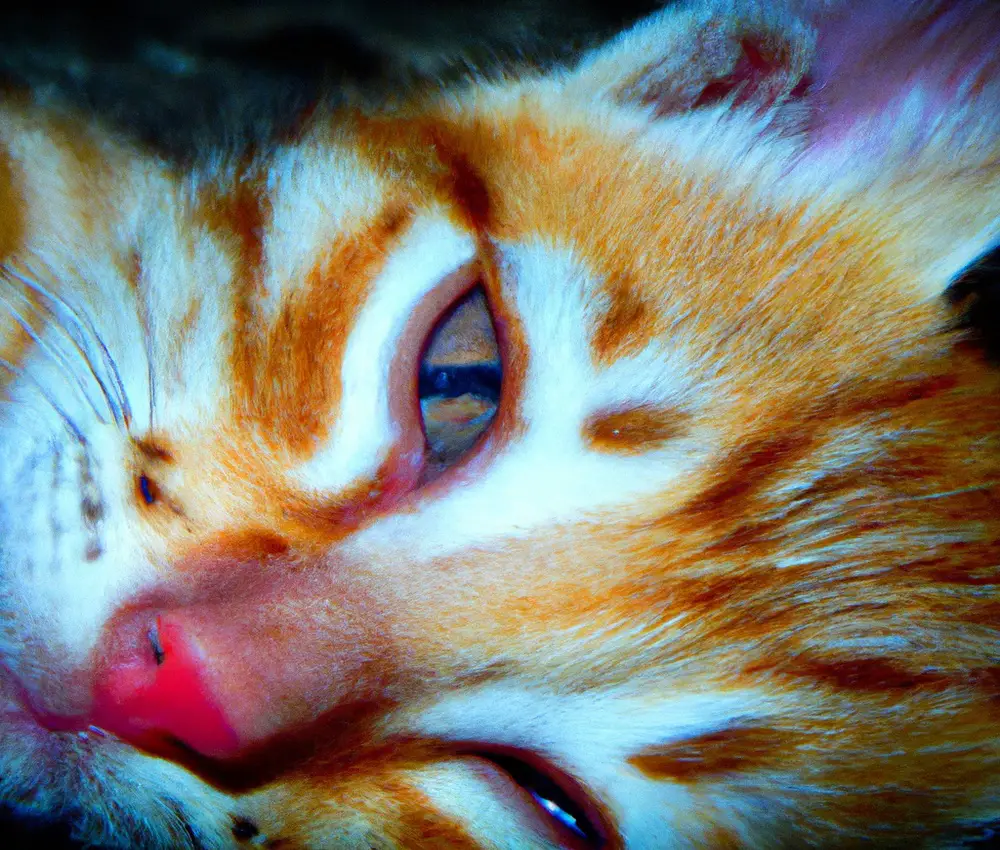
Utilizing Toys and Play to Engage Cats
Toys and play are key to engaging cats and keeping them active and entertained. There are various toys available designed specifically for cats, such as interactive toys, puzzle toys, and wand toys.
These toys help stimulate their hunting instincts and keep them mentally and physically active.
Play sessions should be short and regular, allowing cats to chase, pounce, and explore. Rotate toys regularly to prevent boredom, and consider incorporating treats or catnip to enhance their interest.
Remember, every cat is different, so find what toys and play styles your furry friend enjoys the most!
Cats’ Preferences: Is “Pspsps” Universally Effective?
Do cats universally respond to “pspsps”? Let’s explore cats’ preferences and whether this sound is effective in getting their attention.
Individual Cat Personalities: Some Cats Respond Differently
Each cat has its own unique personality, and this extends to how they respond to certain stimuli, including the “pspsps” sound.
While some cats may be drawn to it and come running, others may not show much interest at all.
It all depends on their individual preferences, experiences, and previous associations with the sound.
It’s important to understand and respect these differences when interacting with cats, as what works for one may not work for another.
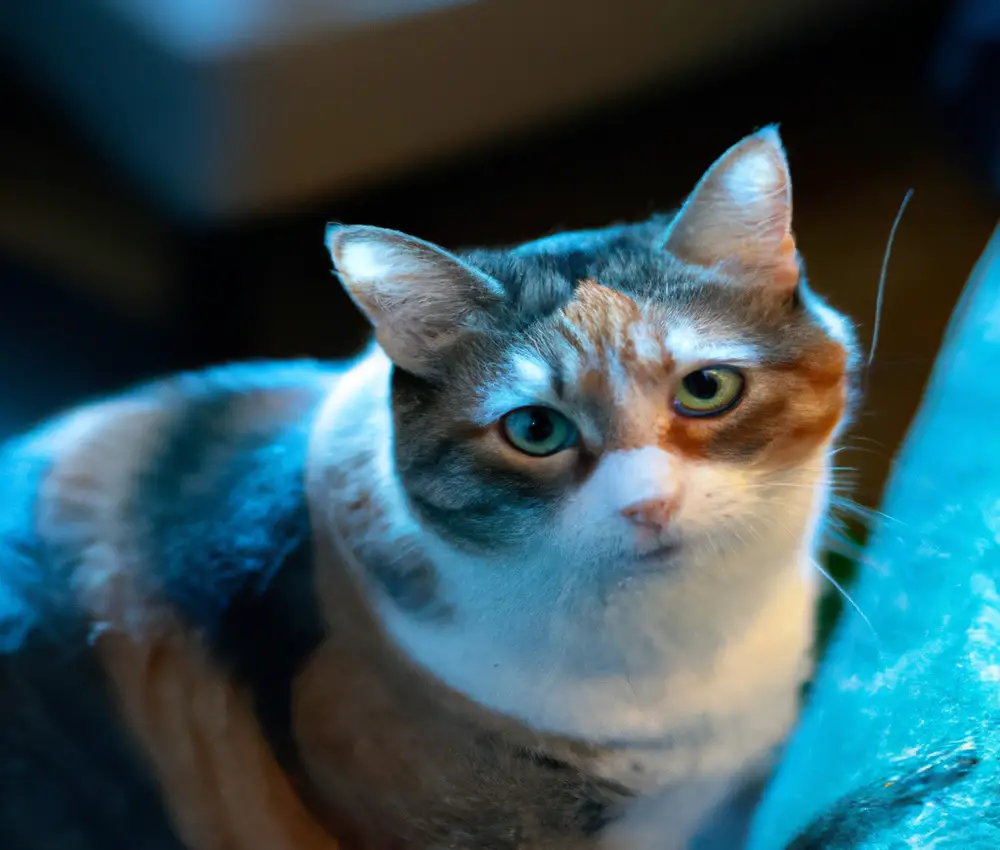
Environmental Factors: Influence on Cat Responsiveness
Environmental factors play a significant role in influencing a cat’s responsiveness.
Factors such as noise levels, temperature, and the presence of other animals can affect how receptive cats are to human interaction.
Cats might be more responsive and approachable in quiet and comfortable environments, while loud and chaotic surroundings may make them more cautious or even retreat.
Additionally, the presence of other animals, both cats and dogs, can also influence a cat’s responsiveness, as they may feel threatened or territorial.
Therefore, creating a calm and welcoming environment can increase your chances of getting a positive response from your feline friend.
Frequently Asked Questions
Is it the sound or the action that attracts cats?
When it comes to attracting cats, it is usually the sound that grabs their attention rather than the action.
Cats have very sensitive hearing and are naturally curious creatures.
The sound of a high-pitched “pspsps” mimics the noise a small prey animal might make, piquing a cat’s instinctual hunting response.
The sound is often combined with slow, deliberate movements to further entice the cat.
So, if you want to get a cat’s attention, try making the “pspsps” sound and see if they come running!
Are there any risks associated with using “Pspsps”?
Using “Pspsps” to communicate with cats does not pose any significant risks.
However, it’s essential to consider a few factors to ensure the safety and well-being of both you and the cat.
Firstly, be aware of the cat’s temperament and comfort level with human interaction.
Some cats may feel threatened or anxious when approached with unfamiliar sounds or gestures.
Secondly, avoid using “Pspsps” as a substitute for proper training or socialization.
It’s important to establish positive communication and bond with the cat through gentle methods.
Finally, be cautious when approaching stray or unfamiliar cats, as they may not respond positively to any auditory stimulation.
Ultimately, be mindful of the cat’s needs and preferences when using “Pspsps” as a communication tool.
Why don’t all cats respond to “Pspsps”?
Not all cats respond to “Pspsps” because it is not a universal language for cats. Cats respond differently to various sounds and gestures, depending on their individual experiences and personalities.
Some cats may find “Pspsps” intriguing and approach, while others may not understand or simply choose to ignore it.
It’s important to remember that cats communicate through body language, scent, and vocalizations specific to their species. So, don’t be discouraged if your cat doesn’t respond to “Pspsps” – try different approaches to interact with them instead.
Final Verdict
The origins of using “Pspsps” to attract cats date back to ancient times, and it has become deeply associated with feline communication. Cats respond to the sound because it mimics their vocalizations and triggers their natural hunting instincts.
While “Pspsps” may not be universally effective, alternative methods such as using treats, toys, and play can also engage cats.
It’s important to understand that individual cat personalities and environmental factors play a role in their responsiveness. Ultimately, using “Pspsps” or other techniques can create a bond between humans and cats, enhancing our understanding and connection with these fascinating creatures.

